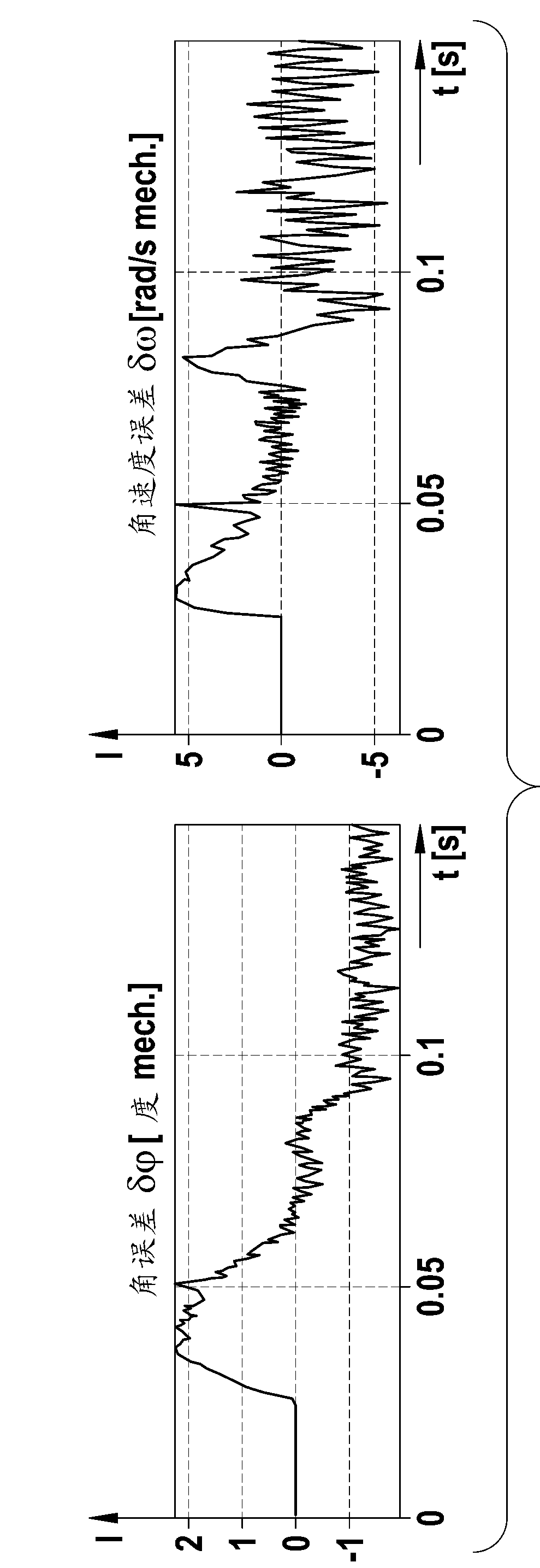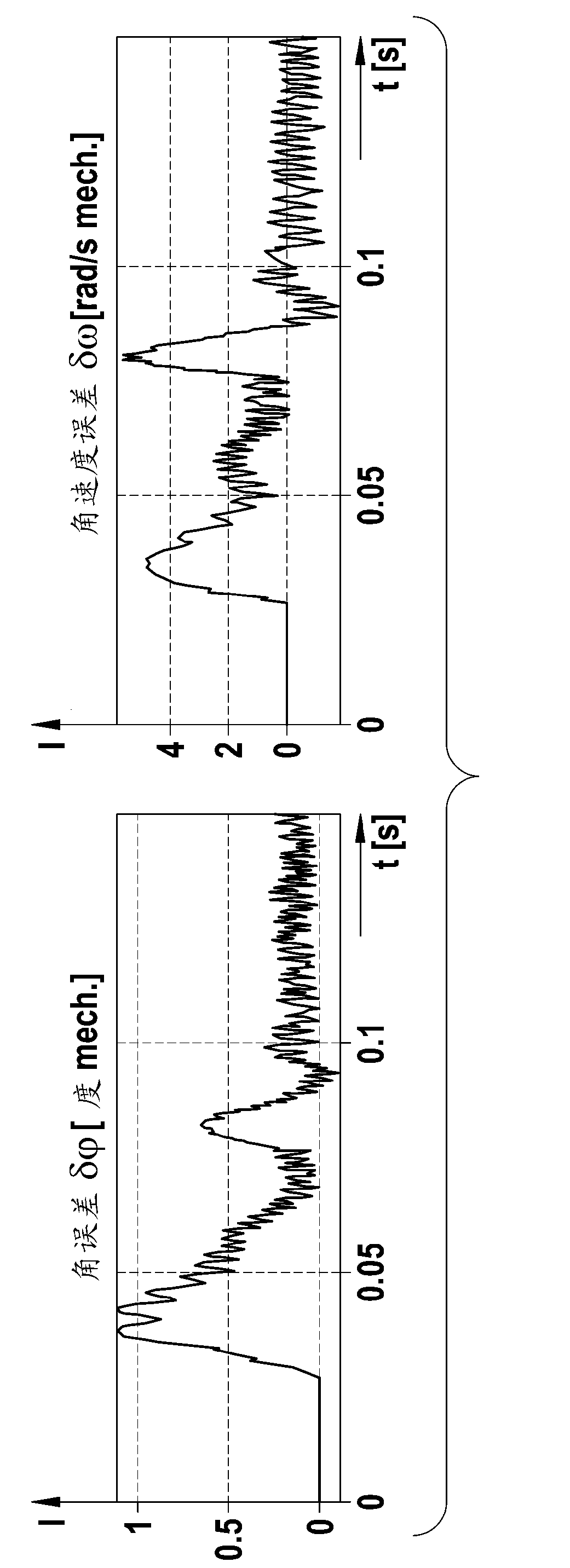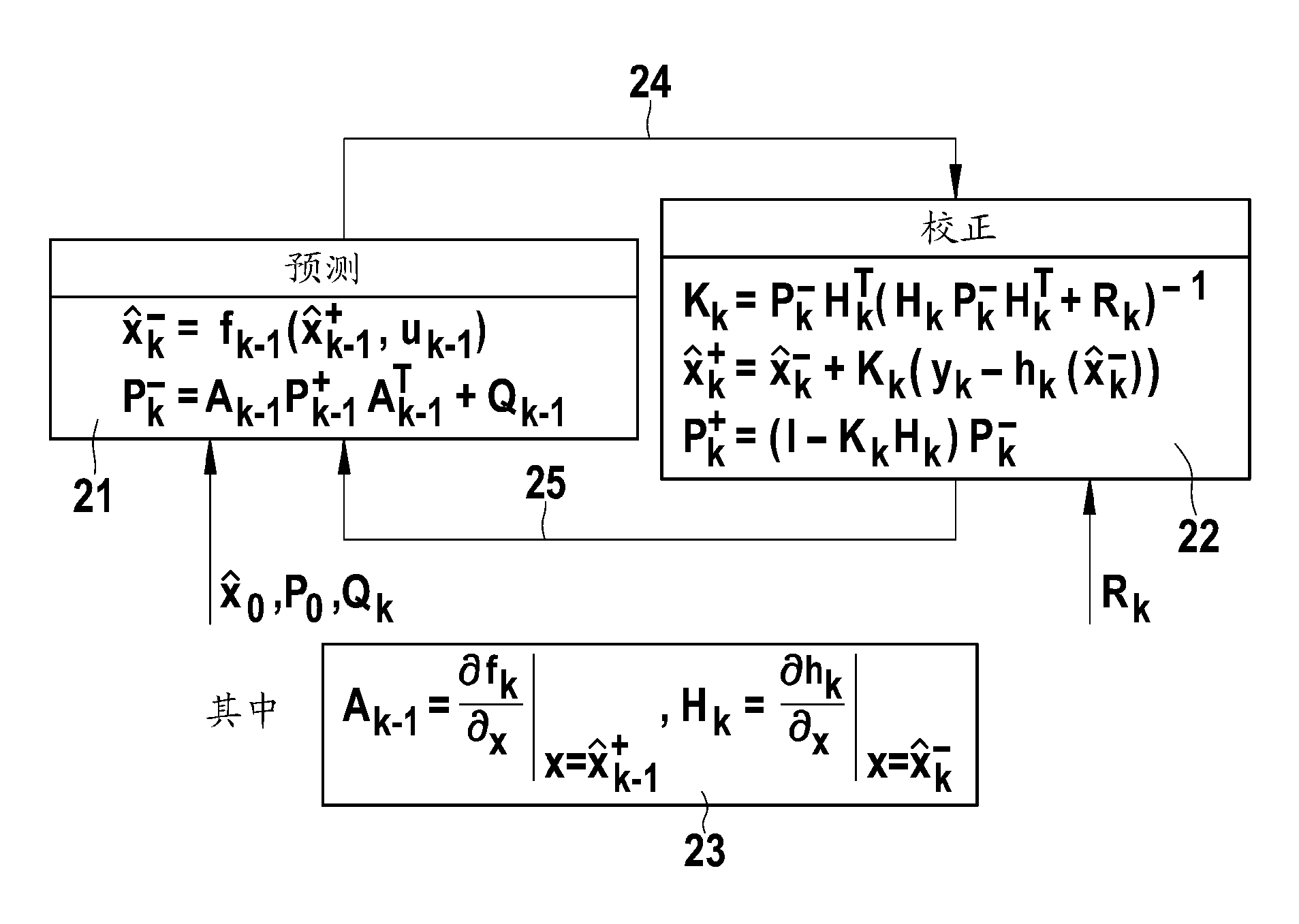Method and device for the angle sensor-free position detection of the rotor shaft of a permanently excited synchronous machine based on current signals and voltage signals
A synchronous motor and rotor shaft technology, applied in motor generator control, control of electromechanical transmissions, electric/electrical converters, etc., can solve problems such as inaccurate rotor angles, insufficient machine models, etc., and achieve real-time calculation and high precision. Effect
- Summary
- Abstract
- Description
- Claims
- Application Information
AI Technical Summary
Problems solved by technology
Method used
Image
Examples
Embodiment Construction
[0070] exist figure 1 The schematic structure of the dq fundamental model with input / output transformation is shown in . Motor input or machine voltage U in the αβ coordinate system fixed relative to the stator or relative to the location αβ 14 through the rotation matrix T ( ) 11 is transformed into the input signal U in the dq coordinate system fixed relative to the rotor dq .
[0071] The transformed input signal U dq is input to the machine model ∑ dq 12 in. Machine model∑ dq 12 as output with the estimated rotation angle (position) 16 and machine current I dq . Machine current I fixed relative to the rotor dq By inverse rotation matrix T -1 ( ) 13 is converted back to the fixed machine current I relative to the stator αβ 15, which is converted back to the output quantity. rotation angle 16 is fed here to the rotation matrix T ( )11 and the inverse rotation matrix T -1 ( ) 13, where applicable:
[0072] and .
[0073] figure 2 The predictor...
PUM
 Login to View More
Login to View More Abstract
Description
Claims
Application Information
 Login to View More
Login to View More - R&D
- Intellectual Property
- Life Sciences
- Materials
- Tech Scout
- Unparalleled Data Quality
- Higher Quality Content
- 60% Fewer Hallucinations
Browse by: Latest US Patents, China's latest patents, Technical Efficacy Thesaurus, Application Domain, Technology Topic, Popular Technical Reports.
© 2025 PatSnap. All rights reserved.Legal|Privacy policy|Modern Slavery Act Transparency Statement|Sitemap|About US| Contact US: help@patsnap.com



